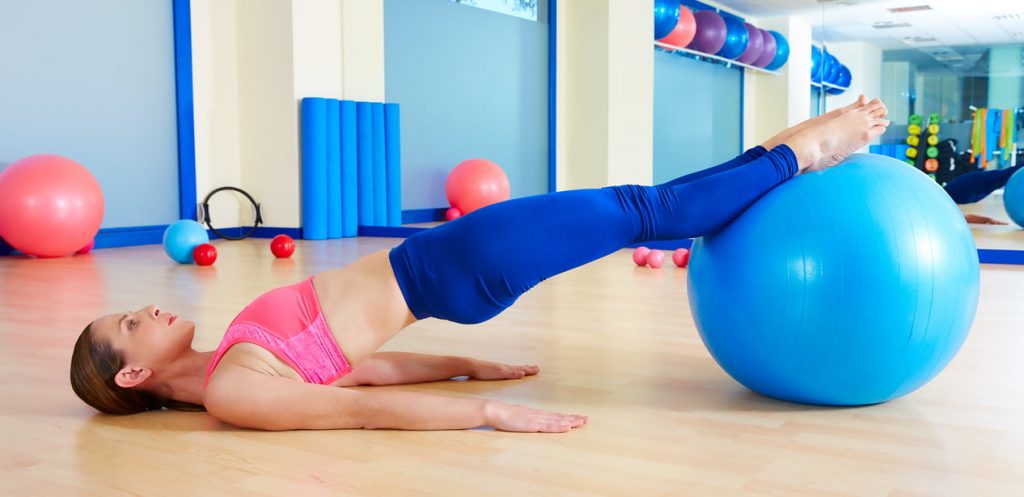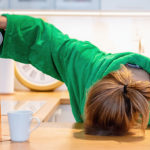Kegel exercises have been all the rage for many years now, with celebrities like Gwyneth Paltrow and Kourtney Kardashian touting the benefits of jade eggs and “Kegel boxing.” Though this may seem like a passing celebrity trend, the truth is that Kegel exercises are an important part of strengthening your pelvic floor.
The pelvic floor is a hammock-shaped set of muscles that sits at the bottom of the pelvis, and supports the bladder, anus, and sex organs. With these important contents, it’s not something you want to neglect! As we age, all of our muscles naturally weaken, and the pelvic floor is no exception. This can cause a variety of issues, the main problem being incontinence, or involuntary urination.
Though incontinence is certainly an issue for men as well, it can particularly affect women who have been pregnant and given birth. Mums, you probably know the feeling of laughing or sneezing too hard, and feeling that unfortunate trickle. This is because pregnancy and childbirth stretches out the pelvic floor, and sometimes it doesn’t regain its former strength.
The good news is that there are specific, low-impact exercises you can do that target the pelvic floor. Kegels are an important part of these exercises. The hardest part is identifying your Kegel muscles, since they’re not exactly easy to find. However, there’s a simple test you can do to make sure you’re targeting the right area.
It’s called the “stop and go” test and is pretty much what it sounds like! The next time you have to pee, try to use your pelvic muscles to stop the stream. The muscles you’re activating are actually your pelvic floor, so remember the feeling when you start doing the actual exercises. It’s important to note that the “stop and go” test is not an exercise in and of itself, and can actually lead to bladder issues over time, so you should just do this in the beginning to learn where you pelvic floor is.
From the women’s health experts at Rory, below are the top pelvic floor exercises you should be trying every day, along with holistic breathing practices and tips for following the pelvic floor diet.
Other articles you might interested in






